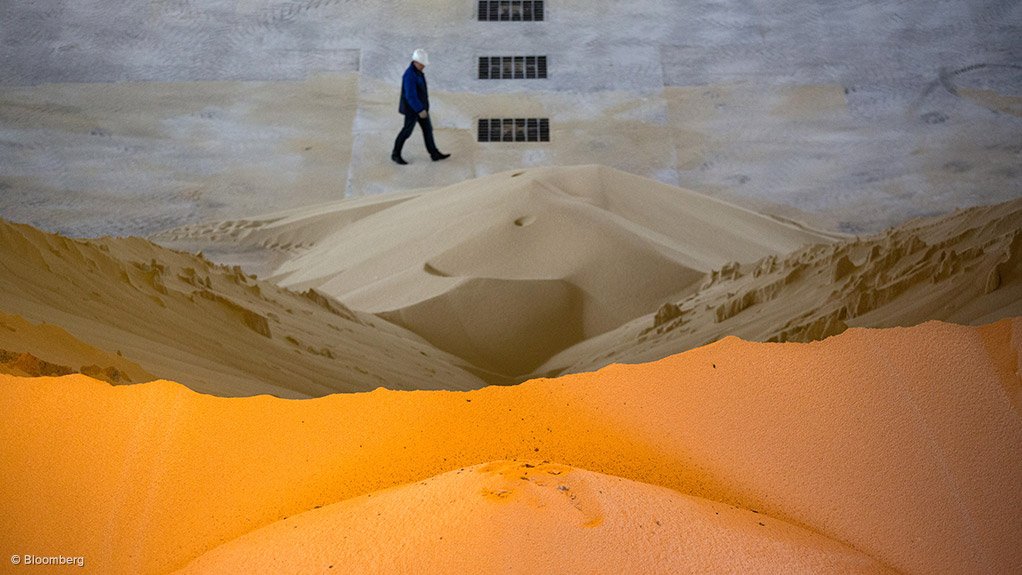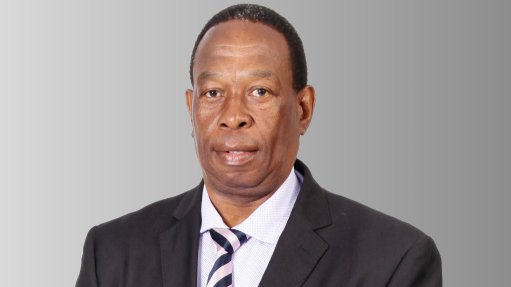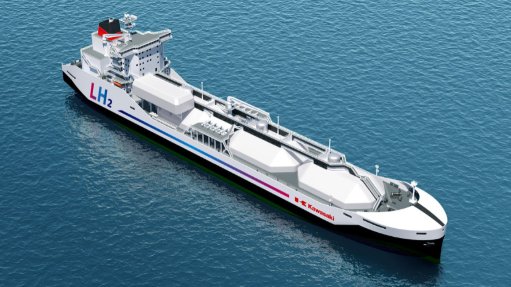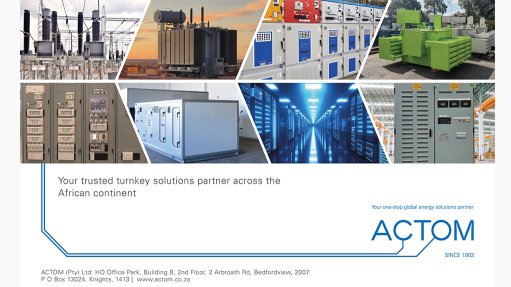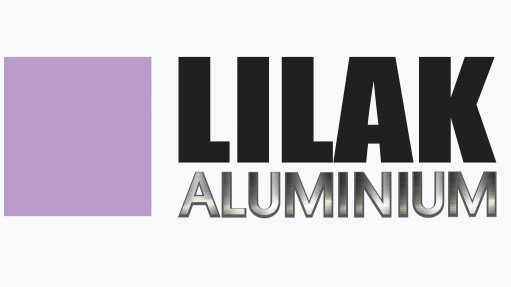Transitions present opportunities for African miners, manufacturers
There are three broad transitions under way that are likely to have a considerable impact on the mining and manufacturing sectors in South Africa and Africa, especially given the demand for critical minerals.
This was noted by South Africa’s Department of Trade, Industry and Competition (DTIC) acting deputy director-general Nimrod Zalk, on the first day of industry cluster the Mining Equipment Manufacturers of South Africa’s Mind Shift conference.
The conference, titled ‘Innovation, Digitisation and Skills in the South African Mining Supply Chain’ is being held on May 24 and 25.
Zalk highlighted that the three transitions would unfold with the push for stronger regional trading chains as the African Continental Free Trade Area (AfCFTA) was implemented.
The first of the transitions is the green energy transition, with all of the critical minerals this requires.
Secondly, Zalk said, was the combined digital transition and Fourth Industrial Revolution, which required the inputs of various critical minerals.
Lastly, and essential for Africa, was the incomplete green agricultural revolution, Zalk outlined, which required, among others, minerals to produce fertilisers.
He noted that the Russia and Ukraine conflict highlighted the need for higher agricultural production on the continent, to ensure both food security, as well as to open up opportunities for greater exports.
Meeting the demand for these transitions presents opportunities for South Africa and the rest of the continent, given the plethora of resources it holds, but also, the solar, wind and hydro resources that it has to produce renewable energy.
The combination of these factors opened up considerable opportunities for South African miners and equipment manufacturers, Zalk stressed.
He highlighted that the South African mining sector was well placed to lead the shift from climate-destructive to climate-smart minerals, that were extracted in an environmentally conscious manner.
Zalk averred that this would require the digitalisation of the entire mining value chain, from prospecting, through to the end product, and even end-of-life in terms of recycling.
This created opportunities for equipment manufacturers and software developers, among others, Zalk said.
He noted that the challenge facing Africa was how to add value to climate-smart minerals in ways that were feasible, but ambitious.
He pointed out that there was a considerable technological gap between hosting the minerals and being able to produce end products from these. Zalk said that bridging this gap would be a longer-term goal for most countries.
He said South Africa was one of the countries that could be well placed to play in this space. For example, he highlighted that the country was well positioned to produce lithium-ion batteries given its combination of solar resources for green power plants, its assembly plant capabilities and the opportunities provided by the AfCFTA.
Zalk also mentioned South Africa’s capabilities in refining and said the country could, therefore, be well placed to become a resource hub for refining various critical minerals that were mined elsewhere on the continent.
He further pointed out that there was considerable work being done in South Africa in terms of the hydrogen economy roadmap, with the DTIC, in conjunction with the Industrial Development Corporation, involved in developing the green hydrogen commercialisation strategy as part of this.
Regarding the third transition, Zalk said the opportunities would depend on the continent’s ability to supply quality fertilisers at scale and as cheaply as possible.
This, he added, presented opportunities for the expansion of traditional fertiliser production; however, this must be increasingly done through decarbonised energy sources.
Moreover, Zalk noted that it also provided new opportunities for production of ammonia for green hydrogen.
He noted that there were various public policy instruments in place to support mining innovation, production and skills development, although these were too fragmented.
DIGITAL FACTORY
Syspro Africa CEO Johan du Toit, meanwhile, focused on the manufacturing side of things, noting that the digital factory had now arrived.
He emphasised that the industry now demanded digital dexterity.
Du Toit said this required flexible and forward thinking.
Moreover, there was a need to be willing to adapt, he said, on a daily basis. However, he commiserated that the mining sector was lacking in this.
Du Toit also mentioned that there was now a shift away from manual systems to digital systems. He pointed out that the tasks being carried out in factories were too technical and complex to be done manually.
Du Toit also highlighted that the workforce at present hasd to be digitally engaged.
He also noted that there was a considerable amount of data available, and that this needed to be capitalised on, by using meaningful intelligence for data-driven decisions.
Du Toit acclaimed that this was a new era of connectedness, collaboration and innovation.
Article Enquiry
Email Article
Save Article
Feedback
To advertise email advertising@creamermedia.co.za or click here
Comments
Press Office
Announcements
What's On
Subscribe to improve your user experience...
Option 1 (equivalent of R125 a month):
Receive a weekly copy of Creamer Media's Engineering News & Mining Weekly magazine
(print copy for those in South Africa and e-magazine for those outside of South Africa)
Receive daily email newsletters
Access to full search results
Access archive of magazine back copies
Access to Projects in Progress
Access to ONE Research Report of your choice in PDF format
Option 2 (equivalent of R375 a month):
All benefits from Option 1
PLUS
Access to Creamer Media's Research Channel Africa for ALL Research Reports, in PDF format, on various industrial and mining sectors
including Electricity; Water; Energy Transition; Hydrogen; Roads, Rail and Ports; Coal; Gold; Platinum; Battery Metals; etc.
Already a subscriber?
Forgotten your password?
Receive weekly copy of Creamer Media's Engineering News & Mining Weekly magazine (print copy for those in South Africa and e-magazine for those outside of South Africa)
➕
Recieve daily email newsletters
➕
Access to full search results
➕
Access archive of magazine back copies
➕
Access to Projects in Progress
➕
Access to ONE Research Report of your choice in PDF format
RESEARCH CHANNEL AFRICA
R4500 (equivalent of R375 a month)
SUBSCRIBEAll benefits from Option 1
➕
Access to Creamer Media's Research Channel Africa for ALL Research Reports on various industrial and mining sectors, in PDF format, including on:
Electricity
➕
Water
➕
Energy Transition
➕
Hydrogen
➕
Roads, Rail and Ports
➕
Coal
➕
Gold
➕
Platinum
➕
Battery Metals
➕
etc.
Receive all benefits from Option 1 or Option 2 delivered to numerous people at your company
➕
Multiple User names and Passwords for simultaneous log-ins
➕
Intranet integration access to all in your organisation



